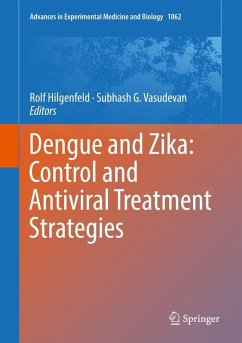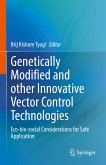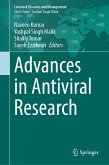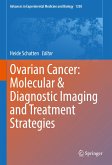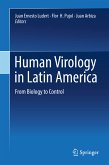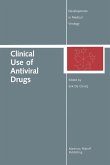For readers, who should include basic and clinical researchers in the field and public health professionals, the chapters are organized to provide a comprehensive overview of the various topics in current dengue and Zika virus research.
A unique feature of the proceedings of this meeting is the inclusion of the discussions that took place following presentations. These have been transcribed and appended to the end of the relevant chapters, and they form the "salt in the soup" of this book.
Dieser Download kann aus rechtlichen Gründen nur mit Rechnungsadresse in A, B, BG, CY, CZ, D, DK, EW, E, FIN, F, GR, HR, H, IRL, I, LT, L, LR, M, NL, PL, P, R, S, SLO, SK ausgeliefert werden.

